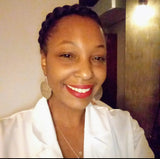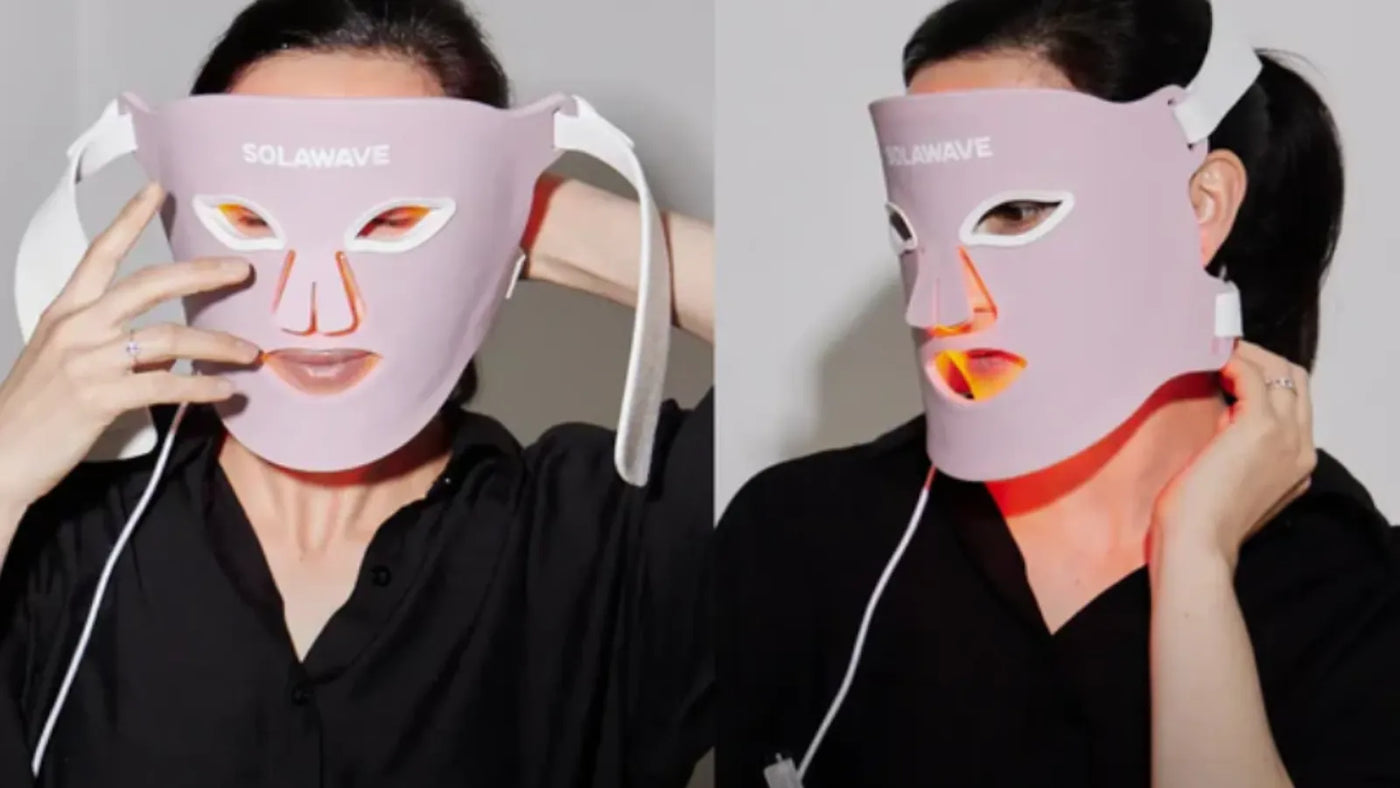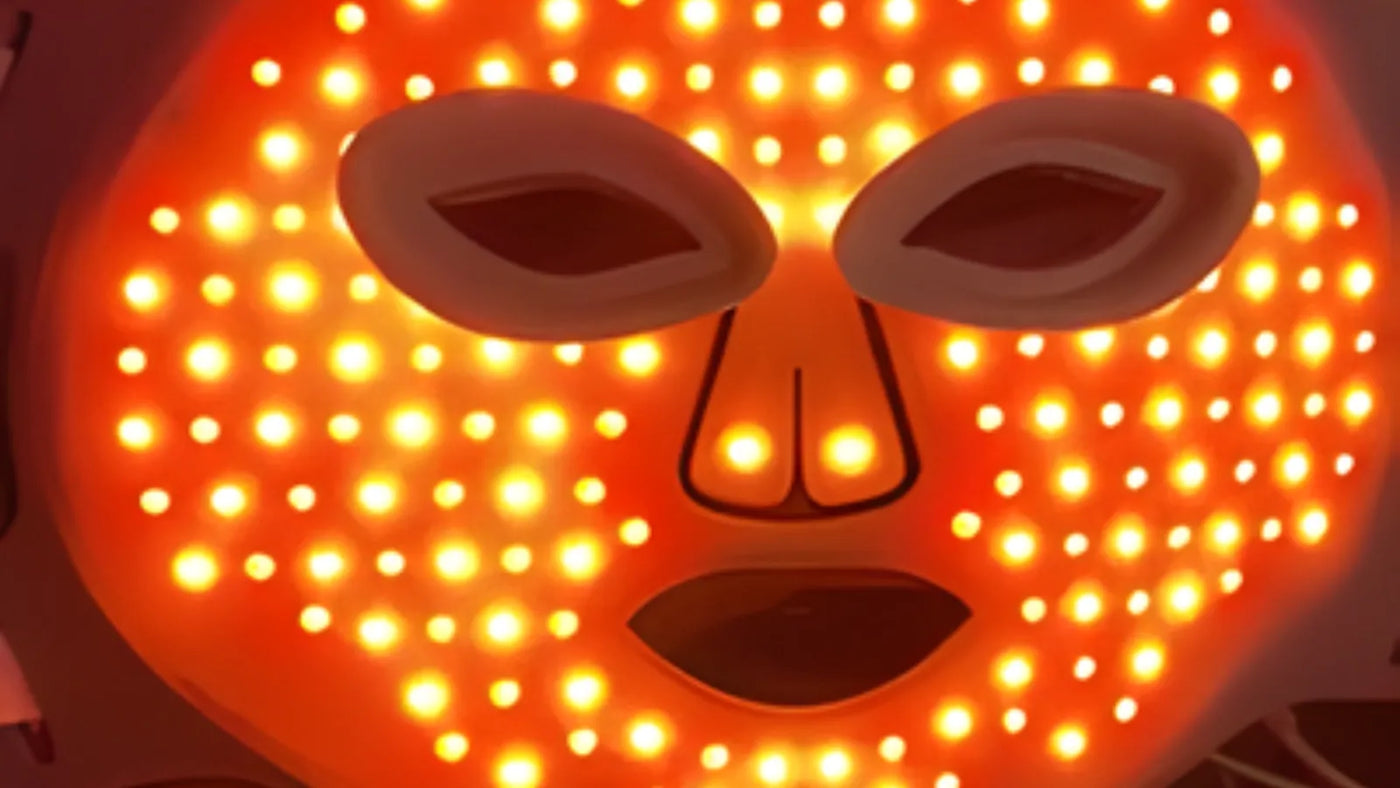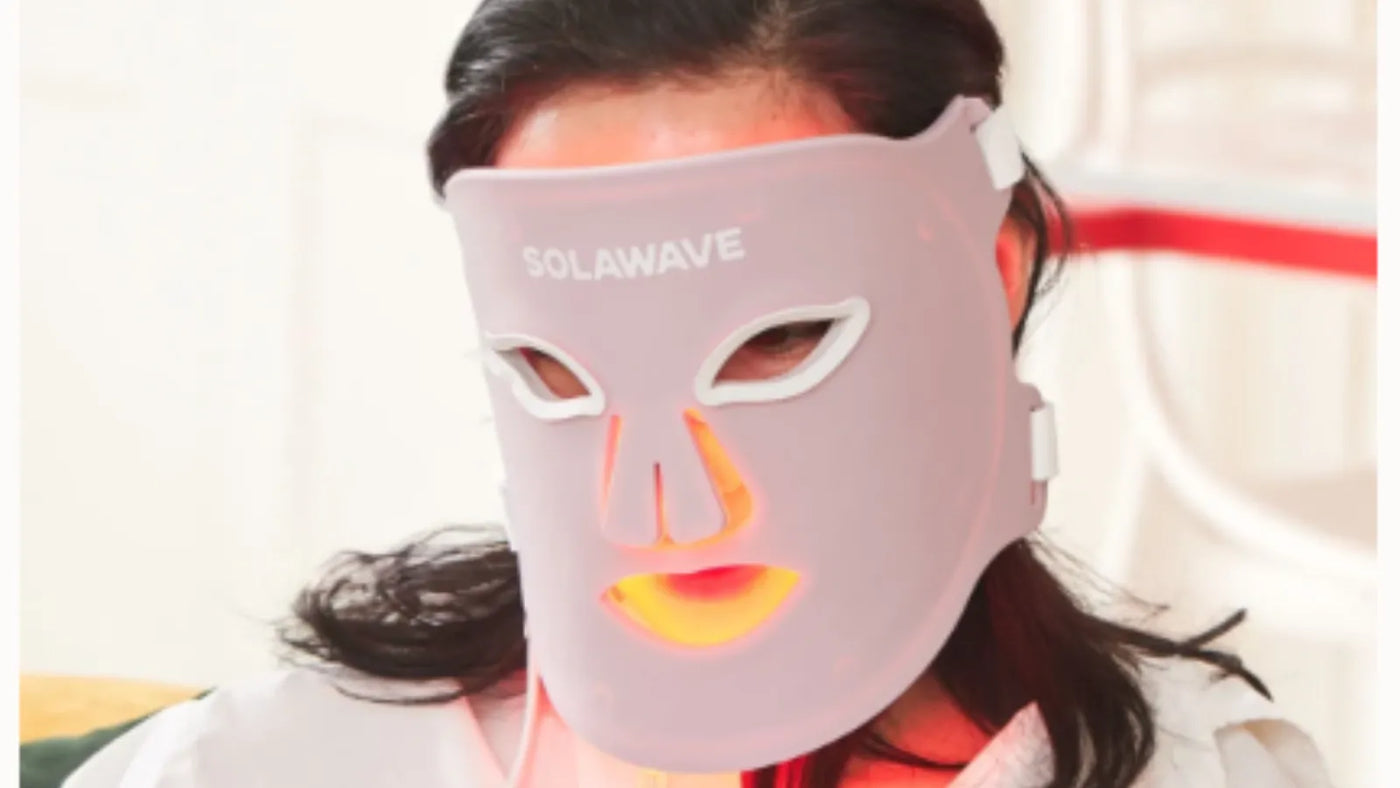
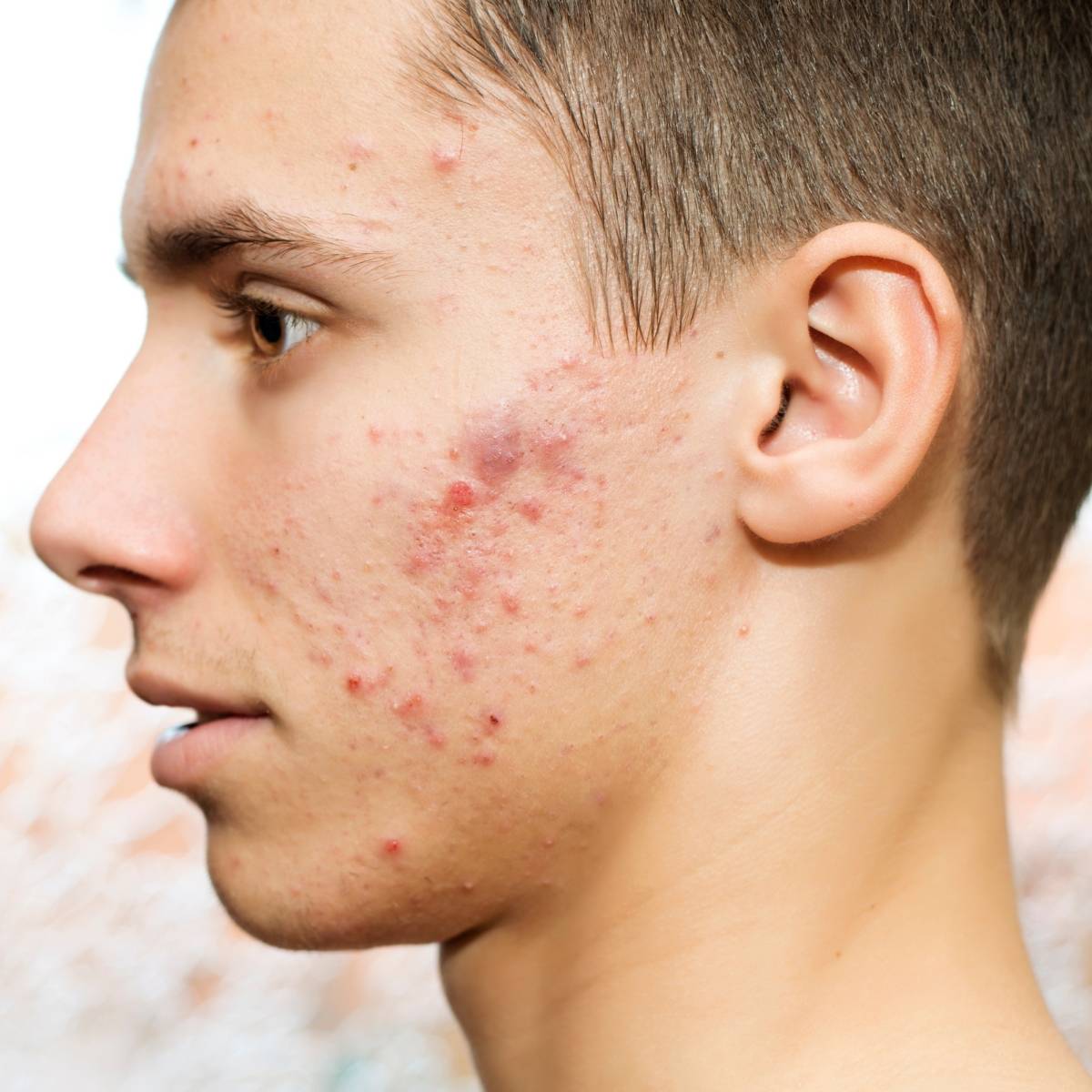
What Is Fungal Acne: Fungal Acne Explained
Fungal acne is a common but often misunderstood skin condition that can be easily mistaken for traditional acne. In this article, you’ll learn what fungal acne is, how it differs from other types of breakouts, and proven ways to help address it. Here's fungal acne explained.
What Is Fungal Acne?
Fungal acne, medically known as Malassezia folliculitis or pityrosporum folliculitis, is a skin condition caused by an overgrowth of yeast from the Malassezia genus. Unlike traditional acne, which is primarily caused by bacteria and excess oil production, fungal acne results from an imbalance of yeast that naturally lives on your skin. When this yeast multiplies excessively, it can infect the hair follicles, leading to inflammation and breakouts that closely resemble regular acne.
How Fungal Acne Differs from Traditional Acne
One of the most important distinctions between fungal acne and traditional (bacterial) acne is the underlying cause. Traditional acne, or acne vulgaris, is triggered by a combination of clogged pores, excess sebum (oil) production, bacteria (specifically Cutibacterium acnes), and inflammation. Fungal acne, on the other hand, is not actually acne in the traditional sense. Instead, it’s a type of folliculitis—an infection of the hair follicles—caused by yeast rather than bacteria.
The appearance of fungal acne can also differ. Fungal acne typically presents as small, uniform, itchy bumps, often on the forehead, chest, back, and shoulders. These bumps are usually similar in size and may be accompanied by redness or irritation. Unlike bacterial acne, fungal acne rarely forms large, painful cysts or deep nodules.
Common Symptoms and Appearance
Recognizing fungal acne can be challenging because it often looks similar to regular acne. However, there are some key features that can help you identify it:
-
Small, uniform bumps: The breakouts are usually similar in size and shape, often appearing as clusters of tiny pimples.
-
Itching: Fungal acne is often itchy, which is less common with bacterial acne.
-
Location: Fungal acne frequently appears on areas of the body where sweat accumulates, such as the forehead, chest, upper back, and shoulders.
-
Lack of response to typical acne treatments: If your breakouts don’t improve with standard acne medications, it could be a sign of fungal acne.
Who Is Most at Risk
Certain factors can increase your risk of developing fungal acne. You may be more susceptible if you:
-
Live in hot, humid climates, which promote yeast growth
-
Sweat heavily, especially during exercise or in warm environments
-
Wear tight, non-breathable clothing that traps moisture against the skin
-
Use oily skin or hair products that can feed the yeast
-
Have a weakened immune system
-
Take antibiotics or immunosuppressive medications, which can disrupt the balance of microorganisms on your skin
Causes and Contributing Factors
Fungal acne develops when the natural balance of yeast and bacteria on your skin is disrupted, allowing Malassezia yeast to multiply. Several factors can contribute to this imbalance:
-
Excessive sweating: Trapped sweat creates a moist environment where yeast thrives.
-
Occlusive clothing: Tight or synthetic fabrics can prevent sweat from evaporating, increasing moisture and warmth.
-
Use of oily skincare products: Products containing oils or fatty acids can serve as food for Malassezia yeast, encouraging its growth.
-
Antibiotic use: Antibiotics can reduce the population of bacteria on your skin, giving yeast an opportunity to overgrow.
-
Weakened immune system: Conditions or medications that suppress your immune system can make it harder for your body to keep yeast in check.
How Is Fungal Acne Diagnosed?
Diagnosing fungal acne can be challenging because its appearance closely mimics that of traditional acne. However, accurate diagnosis is essential for effective management, as treatments for bacterial acne are often ineffective against fungal acne and may even worsen the condition.
Overview of the Diagnosis Process
The process of diagnosing fungal acne typically begins with a thorough evaluation of your symptoms and medical history. A healthcare professional will ask about the onset, duration, and characteristics of your skin issues, as well as any factors that might contribute to yeast overgrowth, such as recent antibiotic use, excessive sweating, or changes in skincare routines.
Importance of Consulting a Healthcare Professional
It’s important to consult a qualified healthcare provider—such as a dermatologist—if you suspect you have fungal acne. Self-diagnosis can be difficult, and using the wrong treatments may prolong or worsen your symptoms. A healthcare professional can differentiate between fungal and bacterial acne, recommend appropriate treatments, and help you avoid unnecessary or potentially harmful products.
Common Diagnostic Methods
There are several methods a healthcare provider may use to diagnose fungal acne:
-
Visual Examination: A dermatologist will closely inspect the affected areas, looking for the characteristic small, uniform, itchy bumps that often cluster together. They may also ask about the distribution of the breakouts and whether they itch, which is a common feature of fungal acne.
-
Patient History: Your provider will review your medical history, including recent antibiotic use, immune status, and exposure to factors that promote yeast growth.
-
Laboratory Tests: In some cases, a definitive diagnosis may require laboratory testing. This can involve gently scraping the skin or extracting material from a pustule and examining it under a microscope. Special stains can reveal the presence of Malassezia yeast. Sometimes, a culture may be performed, although Malassezia can be difficult to grow in standard laboratory conditions.
-
Response to Treatment: Occasionally, a diagnosis is confirmed by observing how your skin responds to antifungal treatments. If your symptoms improve with antifungal medications but not with traditional acne treatments, this supports a diagnosis of fungal acne.
By working with a healthcare professional and undergoing the appropriate diagnostic steps, you can ensure you receive the most effective care for your skin condition. Remember, accurate diagnosis is the first step toward managing fungal acne and achieving clearer, healthier skin.
Proven Ways to Address Fungal Acne
Managing fungal acne effectively starts with a combination of proper hygiene, targeted treatments, and lifestyle adjustments. Maintaining a consistent skincare routine is essential—wash your skin regularly with gentle, non-comedogenic cleansers and avoid products that contain heavy oils or fatty acids, as these can feed the yeast responsible for fungal acne.
Over-the-counter antifungal treatments, such as shampoos containing ketoconazole, selenium sulfide, or zinc pyrithione, can be helpful when used on affected areas. For more persistent cases, healthcare providers may prescribe oral or topical antifungal medications to directly target the yeast overgrowth.
Lifestyle changes can also make a significant difference. Try to avoid excessive sweating when possible, and opt for loose, breathable fabrics to reduce moisture buildup on your skin. Shower promptly after exercise or sweating to help keep your skin clean and dry.
Follow your healthcare provider’s recommendations for diagnosis and treatment. Self-treating without professional guidance can sometimes worsen symptoms or delay effective care. Always consult a medical professional before starting any new treatment for fungal acne.
Other Treatments and Preventive Measures
In addition to antifungal therapies, supportive measures can help prevent fungal acne flare-ups. Use non-comedogenic skincare and cosmetic products to avoid clogging pores and feeding the yeast. Steer clear of oily or greasy products, as these can exacerbate the condition.
Your environment and daily habits also play a role. Keeping your skin dry, especially in hot or humid climates, can help prevent yeast overgrowth. While there’s limited evidence linking diet directly to fungal acne, maintaining a balanced diet and managing stress may support overall skin health.
Be cautious of myths and misconceptions—many popular acne treatments, such as benzoyl peroxide or antibiotics, are not effective against fungal acne and may even make it worse. Focus on evidence-based approaches and consult your healthcare provider for guidance tailored to your needs.
Conclusion
Fungal acne is a unique skin condition caused by yeast, not bacteria, and requires different approaches than traditional acne. Proven ways to address it include maintaining good hygiene, using antifungal treatments, and making supportive lifestyle changes. Always consult a healthcare professional for an accurate diagnosis and the most effective treatment plan for your needs.
Sources:
-
Cutibacterium acnes (formerly Proprionibacterium acnes) and Shoulder Surgery - PMC
-
Presence of Malassezia Hyphae Is Correlated with Pathogenesis of Seborrheic Dermatitis - PMC
-
Ketoconazole (topical route) - Side effects & dosage - Mayo Clinic



















